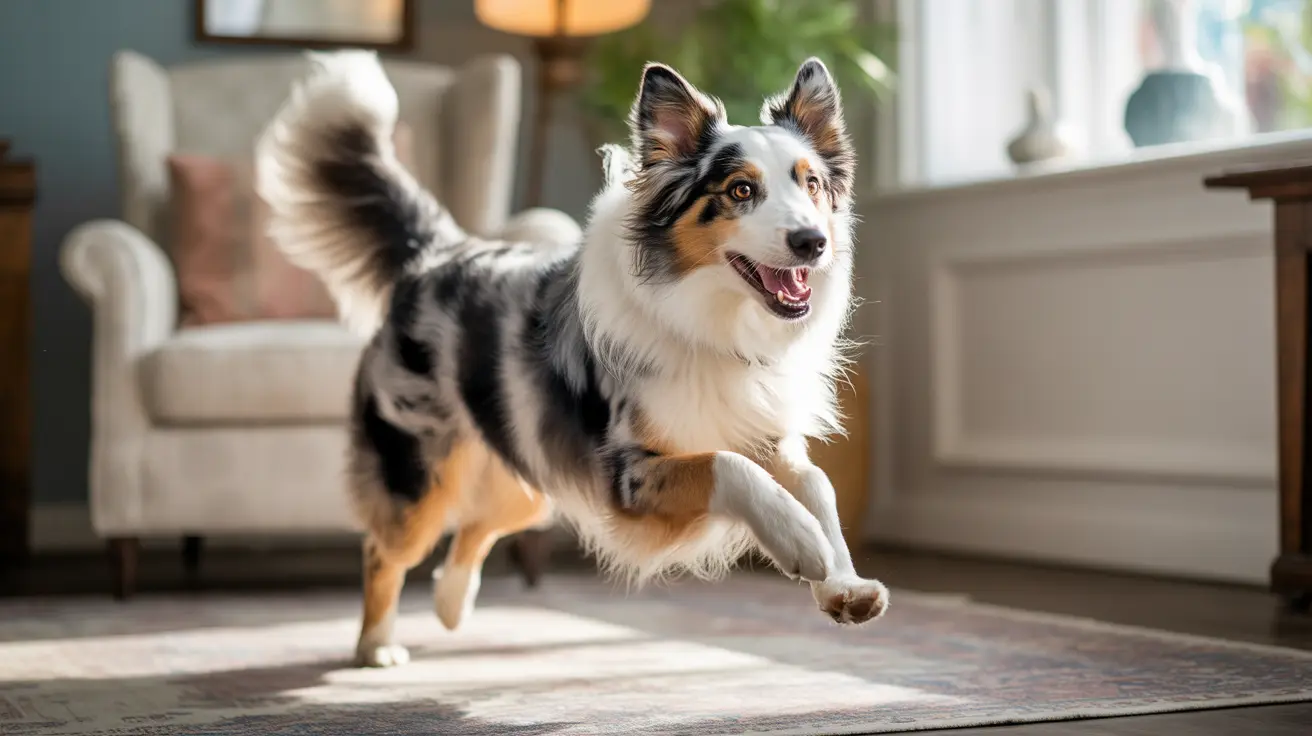How Cats Say “I’m Sorry”: Understanding Feline Apologies
Cats are often seen as mysterious and independent animals. Unlike dogs, their expressions of emotion are subtler, and many cat owners wonder how their feline friends express regret or seek reconciliation. While cats don't communicate remorse the way humans do, they have their own unique ways to show affection and attempt to rebuild trust when something has gone wrong.
Why Cats Don’t Say Sorry Like Humans
Human apologies typically involve understanding guilt and expressing it verbally or through a gesture. Cats do not possess the same level of emotional cognition as humans, but they are sensitive to their environment and their human’s reactions. When they detect tension or distress, especially if caused by their own behavior, they often respond with behaviors that are meant to soothe or gain affection.
Common Ways Cats Express “I’m Sorry”
- Head bunting: Cats may gently nudge you with their head—a sign of trust and bonding using scent glands located on their forehead.
- Slow blinking: A slow blink from your cat is a feline version of a kiss. Returning it can reaffirm the bond.
- Staying close to you: Cats might curl up nearby, lie on your lap, or follow you around to promote closeness and reassurance.
- Licking or grooming you: If your cat licks your hand or nibbles gently, it's showing you social grooming often used to strengthen group bonds.
- Soft vocalizations: Gentle meows or trills might be a cat’s way of communicating peace and reconciliation.
- Offering a gift: Dropping a toy or even a caught prey (if outdoors) can be a peace offering—especially in multi-pet households.
Understanding Context and Behavior
Cats respond heavily to body language, tone of voice, and routine changes. If your cat has misbehaved, such as knocking things over or being aggressive, it's often out of stress, miscommunication, or instinct. When the stressful trigger is removed, and trust is rebuilt, cats can return to their loving selves. Their way of “apologizing” is part of this process.
How to Encourage Reconciliation
- Use slow blinking to communicate calmness and trust.
- Provide a peaceful space where your cat feels secure.
- Offer treats or playtime to reestablish a positive routine.
- Show patience—give your cat time to come to you on its terms.
When to Be Concerned
If your cat becomes withdrawn, stops eating, or displays ongoing aggression, these could be signs of stress or illness rather than an emotional response like remorse. Consulting a vet or behaviorist may help determine the root cause.
Final Thoughts
Cats communicate through actions rather than words. While you won’t hear a heartfelt apology from your feline friend, their subtle behaviors reflect their social bonds and desire for harmony. Recognizing these signs helps strengthen your relationship and fosters mutual understanding. So if your kitty gently head bumps you after swatting the remote off the table, take it as their way of making peace.





